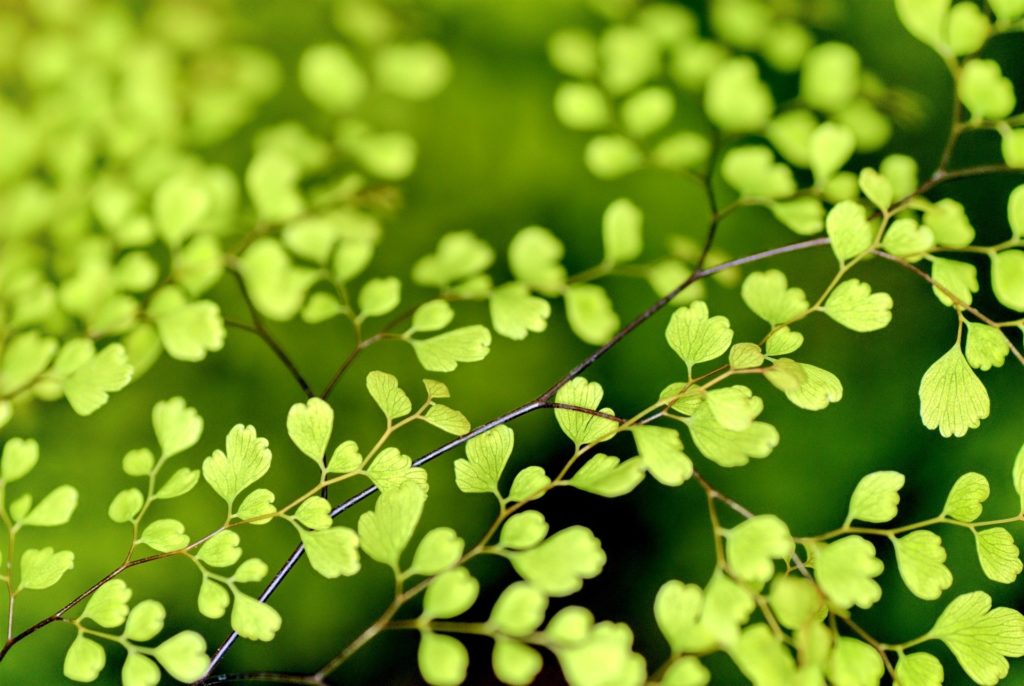 Most people have some familiarity with the animals of past eras. Even children of pre-school age can pronounce quite easily the lengthy Latin names of dinosaurs and identify pictures or models of them correctly. However, few persons have a similar knowledge of ancient plants.
Most people have some familiarity with the animals of past eras. Even children of pre-school age can pronounce quite easily the lengthy Latin names of dinosaurs and identify pictures or models of them correctly. However, few persons have a similar knowledge of ancient plants.
A possible reason for this is that, whereas some of the dominant animal groups of the past still have large representatives (e.g. crocodiles), in the present day fauna, many descendants of large extinct plants are very small and can only be successfully sought and identified by expert botanists.
The entire span of the history of plants on Earth is so vast that although the earliest Maidenhair Trees may seem lost in the distant past 180 million years ago, the oldest plants found as fossils occur in rocks literally billions of years old.

Many ancient plants had a beauty of their own, and if surviving at the present day would undoubtedly be cultivated by horticulturists for their attractive appearance.
In fact, there are a few isolated survivors which illustrate the point. The Maidenhair Tree, Ginkgo biloba, and the Dawn Redwood, Metasequoia glyptostroboides, are the sole living representatives of plant groups that were thought to have become extinct long ago. Now, thanks to widespread cultivation in parks and gardens, their chances of survival are much enhanced.
This website gives an overview of
- the evolution of plants,
- examples of fossil plants,
- how plants moved from sea to land,
- development of plant structures, and
- features of modern day plants that we see in Earth’s flora today.
>> Chapter 1 | Plant structure, fossilization processes, evolution of the Earth’s atmosphere